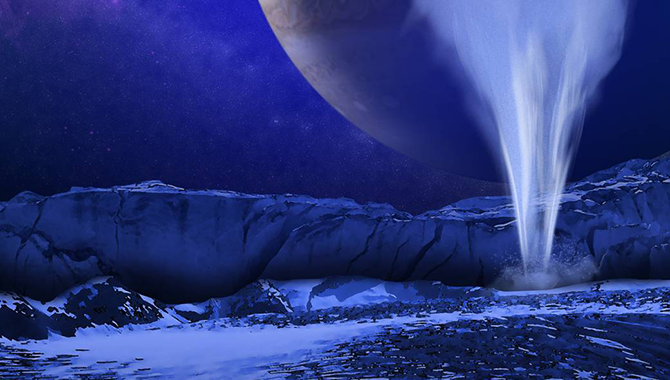
State-of-the-art science instruments have been selected to help the Europa mission answer the big question: Are we alone in the universe?

State-of-the-art science instruments have been selected to help the Europa mission answer the big question: Are we alone in the universe?
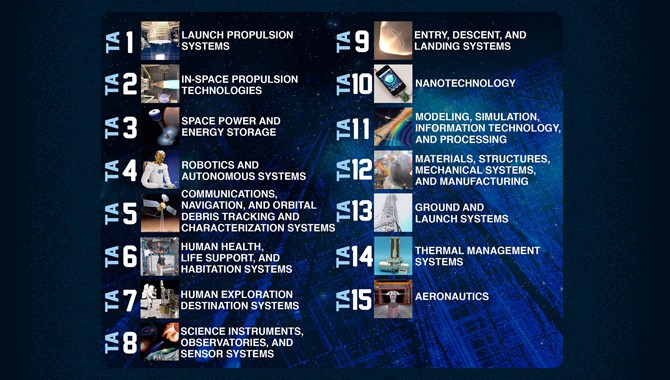
NASA recently released the draft 2015 Space Technology Roadmaps, which identify promising new technologies that could advance agency missions.
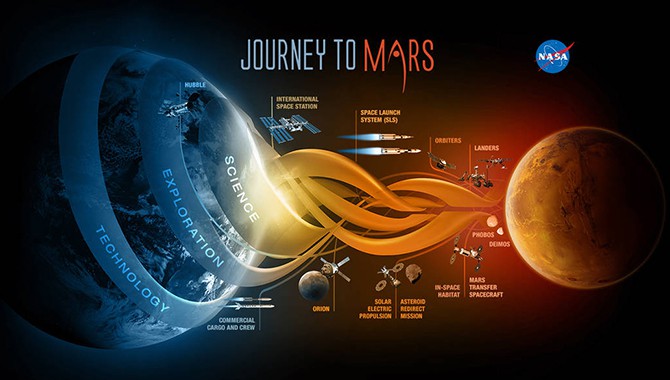
At a recent summit meeting, Charles Bolden discussed NASA’s plan to reach Mars. “This plan is clear. This plan is affordable. And this plan is sustainable,” he said.
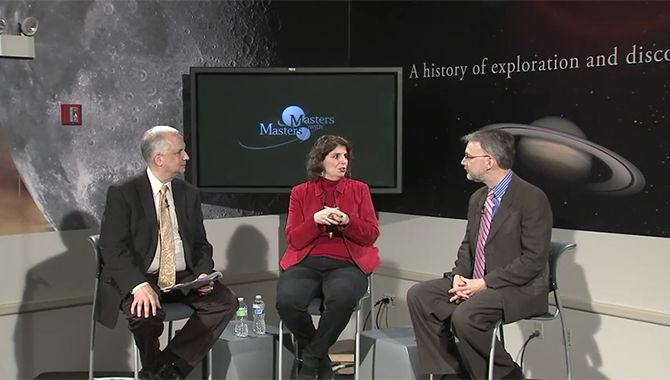
Chief Knowledge Officer Ed Hoffman moderated a lively discussion with two master practitioners at NASA’s Glenn Research Center (GRC).
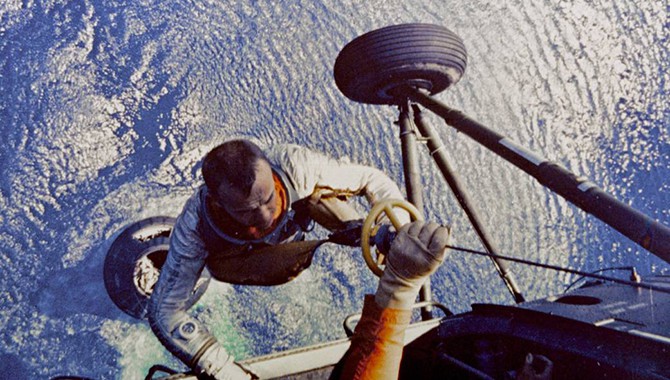
Mercury-Redstone 3, the first American manned mission to space, engaged the world—and cleared a path to the moon.
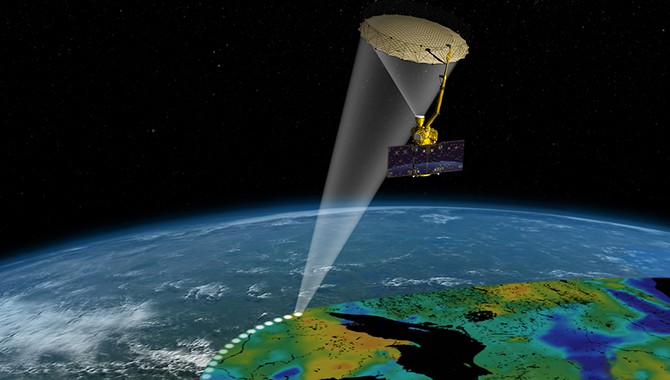
A recent GAO report confirmed that cost and schedule growth among NASA’s major acquisition projects remains low compared with previous years.

What do some of the greatest engineering innovations have in common? They started with a mistake.
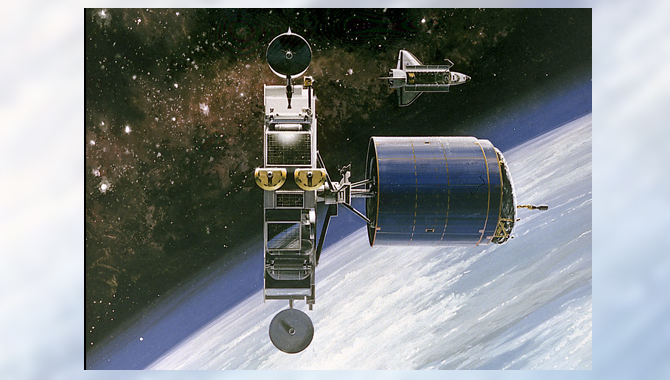
I’m not sure that the decisions I made as operations manager of the Orbital Maneuvering Vehicle (OMV) program nearly three decades ago were necessarily mistakes, but the problems that ultimately killed the OMV were certainly real.